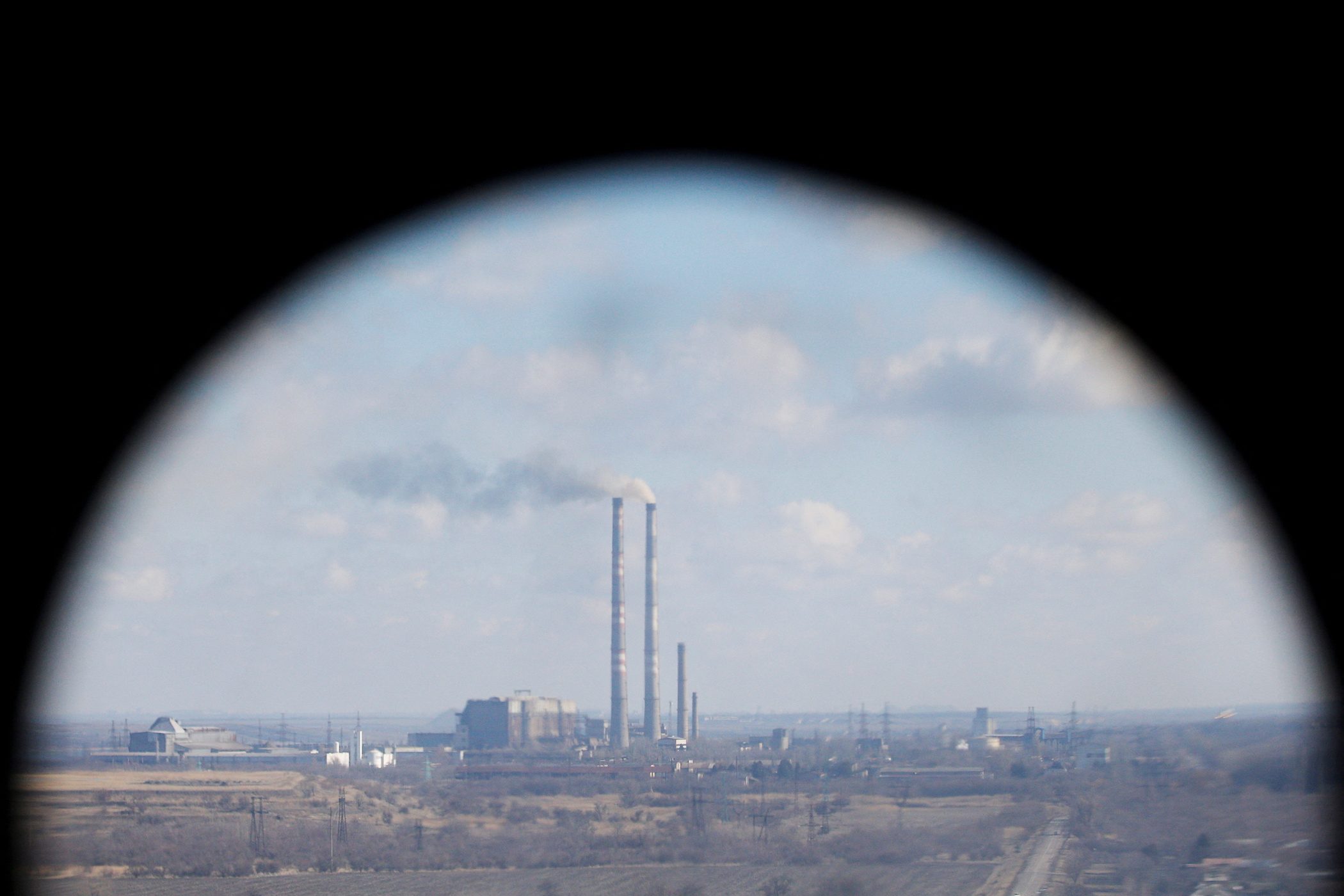SUMMARY
This is AI generated summarization, which may have errors. For context, always refer to the full article.

The European Union on Monday, February 28, said it will urgently link Europe’s electricity system to Ukraine’s grid, a move that would increase the independence of the country’s energy system from Russia.
The link has been planned for years and was expected in 2023. Europe will now progress with it as soon as possible – possibly within weeks – following Moscow’s invasion of Ukraine.
“This is a strategic initiative for increasing Ukraine’s energy independence,” EU energy policy chief Kadri Simson said.
Here’s what it means.
Why synchronize?
Europe and Ukraine have planned since 2017 to synchronize their power grids, as Ukraine sought to decouple from a system linked to Russia, Belarus, and other former Soviet States.
Linking with Europe would make Ukraine’s energy system more independent from Russia since Moscow would no longer control technical aspects of the network, such as grid frequency.
Instead, it would put Ukraine’s grid on the same frequency as continental Europe’s power system, the European Network of Transmission System Operators for Electricity (ENTSO-E).
Ukraine’s state-owned grid operator Ukrenergo has said the link would allow Ukraine to receive emergency power from Europe if military attacks caused power outages in Ukraine. That could help avoid blackouts and interruptions to the work of military infrastructure and emergency services like hospitals.
“If something happens to individual power plants, the Ukrainian power system itself should be able to compensate for that,” said Georg Zachmann, senior fellow at think tank Bruegel, though he said if large or multiple facilities were damaged, Ukraine might have a shortfall and need backup.
Ukraine cannot currently receive such support, since its grid is running in “island mode” after disconnecting from the Russian network.
How would a link happen?
Ukraine disconnected its grid from the Russian system last week and has said it will not reconnect after Russia invaded. Ukrenergo on Sunday, February 27, requested emergency synchronization with ENTSO-E.
Moldova has made the same request and would be included in the link.
Since disconnecting from Russia, Ukraine has tested its grid in “island mode” to prove it can function and balance supply and demand independently – the first step to prepare for the European link.
“We have shown that the power system operates in a stable way not only without Russia and Belarus, but also during the war, under rocket attacks,” Ukrenergo said.
The EU has said the connection could be completed in a matter of weeks, though technical steps must first be completed.
“Continental Europe TSOs are now focused on identifying the key conditions needed to support the electricity supply to Ukraine as a matter of priority,” ENTSO-E said on Tuesday, March 1.
The pre-link process had initially been expected to include Ukraine installing new equipment and undertaking multiple tests, taking over a year.
Earlier this year, ENTSO-E said Ukraine should complete some technical work before linking. The war means that work is no longer possible. ENTSO-E will revise its assessment of the preconditions for an emergency link, and assess potential risks for Europe’s system.
Energy trade
EU energy policy chief Simson on Monday said the grid synchronization would not necessarily lead to trade between the EU and Ukrainian systems.
Under an emergency link, Ukraine’s power with European countries may need to be retained for emergency balancing, so trading may not immediately be possible.
Ukraine has transmission links with Slovakia, Hungary, and Romania, though none are operating while Ukraine is in “island mode.”
Commercial trading could also raise complex questions about electricity prices, which are designed differently in Europe and Ukraine’s systems.
Traders said derivatives trading would not be affected.
How is Ukraine’s grid coping?
Ukraine, with a population of 41 million, is one of the largest energy consumers in Europe. About 55% of the country’s power is produced by four nuclear power plants. The remainder is largely from coal-fueled plants.
Ukraine’s electricity system has so far held up since the invasion, despite attacks on some infrastructure. Damage to high-voltage power lines has not affected the overall reliability of the grid, DTEK, the country’s biggest private power producer, said on Monday.
In Donetsk and the Kyiv region, 114 settlements are without electricity due to damaged power lines or substations. DTEK said its crews had restored power to a further 34 settlements, but “active hostilities” were complicating further repairs. – Rappler.com
Add a comment
How does this make you feel?



![[ANALYSIS] Why do we pay higher power rates when we have power outages?](https://www.rappler.com/tachyon/2024/07/tl-higher-power-rates-higher-power-outages.jpg?resize=257%2C257&crop=401px%2C0px%2C1080px%2C1080px)


















There are no comments yet. Add your comment to start the conversation.